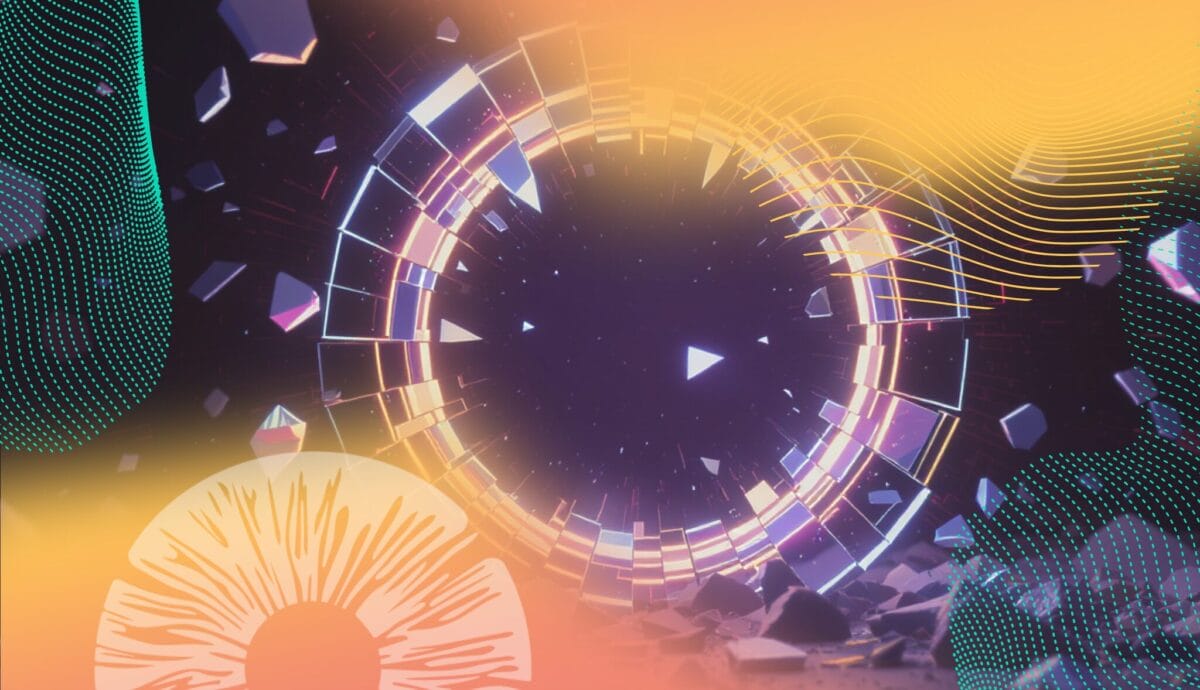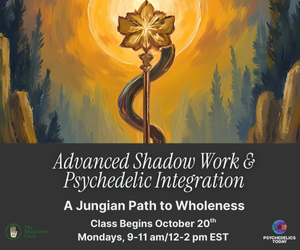By Kevin Lenaburg and Court Wing
Psychedelics can be powerful treatments for chronic pain and other physical or neurological conditions. There is increasing awareness of these expanded uses for psychedelics, and this significantly broadens the range of people who are interested in and will benefit from access to psychedelics. Multiple universities and companies are conducting psychedelic trials for various conditions that produce primary or secondary chronic pain, including fibromyalgia, phantom-limb pain, pain from spinal cord injury, Lupus, peripheral neuropathy, Complex Regional Pain Syndrome (CRPS), neuropathic pain, Irritable Bowel Syndrome (IBS), Lyme disease, Long-COVID, Parkinson’s, and others.
How Psychedelics Work For Pain
Mounting evidence shows that psychedelics can influence the biological, psychological, and social factors that may contribute to complex chronic pain. With so many diverse conditions showing positive response to psychedelics, there likely are multiple underlying transdiagnostic mechanisms of action at play. These are not single-factor drugs. Here are several of the key ways that have been proposed for how psychedelics reduce pain:
Structural neuroplasticity: both patients with depression and those with some kinds of chronic pain show significant decreases in volume in brain structures responsible for mood and pain management. Psychedelics have been shown to generate regrowth in the cortex and likely the peripheral nervous system, allowing for greater capacity for relief.
Non-opioid pain inhibition via the 5HT2A receptor: the target of classic psychedelic psychoactivity. This is the only known serotonin receptor that creates persisting descending inhibition past nerve damage, strongly suggesting a direct impact on pain signals.
Anti-inflammatory: some psychedelic compounds have up to 800 times the anti-inflammatory efficacy of corticosteroids. Psychedelics may operate as “homeostatic autoregulators,” bringing the body’s functions back to their healthy default state.
Cortical reorganization: chronic pain is often a maladaptive output of the brain, creating a constant alarm signal with pain occurring absent an injury or long past injury healing. Psychedelics may reorganize these entrenched pathways that have become sensitized to all incoming nerve signals.
Critical period reopening: psychedelics may cause significant “metaplastic” windows following the acute dosing phase, allowing the nervous system to achieve a period of high receptivity and associative learning.
Psychosocial reframing: chronic pain often becomes more than a physical condition — it can shape a person’s identity. Pain may create a psychological and physical vicious cycle where pain worsens mood, and low mood heightens pain sensitivity. Psychedelics may help break this cycle by reconnecting people with a deeper sense of self, one not defined by pain. This shift in perspective can support new coping strategies, greater resilience, and a reduced likelihood that stress or emotion will trigger pain flares.
Other potential mechanisms: while there is a growing body of evidence to suggest how psychedelics affect those living with chronic pain, little is known about how psychedelics work in the treatment of cluster headache and other headache diseases, despite mounting proof of efficacy. There is more research on psilocybin and cluster headache than on other pain conditions; however, the way psilocybin treats cluster headache is believed to be quite different from other chronic pain conditions.
Growing Attention
Here are some highlights of recent coverage in this area and ways to support this trend or learn more.
MAPS Psychedelic Science 2025
This year’s conference had multiple panels discussing how psychedelics can be effective treatments for pain, physical, and neurological conditions. There was a packed room for the Psychedelic & Pain Association’s session entitled “Expanding the Lens: Mechanisms, Models & Modes – Transdiagnostic Potential of Psychedelic Medicines.” This talk highlighted how psychedelic substances work across the body-mind, allowing them to have impact in a broader condition set. Watch HERE. There were also multiple community meetups where people shared their personal stories of using psychedelics for back pain, migraine and cluster headache, and other types of chronic pain.
South by Southwest (SXSW)
This year’s gathering featured a session from the Psychedelics & Pain Association on psilocybin for Fibromyalgia, Phantom-limb Pain & Post-treatment Lyme Disease.
Watch HERE.
The Psychedelics & Pain Association submission for 2026 builds on last year’s talk, sharing research on psilocybin for Parkinson’s and low back pain, as well as DMT for cluster headache. SXSW uses community based voting to get talks onto the stage. To support sessions that cover the expanded use of psychedelics in physical medicine, click on the session links, then click the heart icon. Creating a SXSW account takes less than a minute. (Voting closes on August 24, 2025.)
From Practice to Proof: Psychedelics for Physical Conditions
Rewiring the Brain: Psilocybin and Neurological Healing
Ibogaine: A Hail Mary for Pro Athletes with Head Trauma
The Science and Stories of Women’s Psychedelic Use
Designing for Ibogaine: Healing, Risk, & Radical Possibility
Online Symposium for Patients, Facilitators & Clinicians to Learn from Global Experts
A deep dive into this topic happens annually with the REMAP Therapeutics Psychedelics & Pain Symposium, co-hosted with the Psychedelics & Pain Association. Held on September 27 & 28, 2025, this online conference features presentations from researchers, clinicians, patients, and advocates leading the field of psychedelics for pain and physical conditions. Registration is offered on a sliding scale and all sessions will be recorded and available afterwards on the Psychedelics Today platform for registrants.
People living with pain are increasingly using and reporting remarkable effects with psychedelics. There is an incredible opportunity to reduce physical suffering and improve health. Growing research and attention to these expanded uses of psychedelics broaden the community invested in the positive progress of the psychedelic field.

